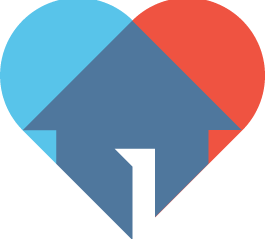Washington State Landscape Report on Unaccompanied Youth and Young Adult (YYA) Homelessness
In February 2024, the Office of Homeless Youth (OHY) and A Way Home Washington (AWHWA) released “Yes to Yes” Washington State: Unaccompanied Youth and Young Adult (YYA) Homelessness Landscape Scan. Funded by the Raikes Foundation and the Schultz Family Foundation, the report serves as a comprehensive reflection of the strides made since the last landscape scan in 2016.
In the 2024 report, more than 100 young people with lived experience, service providers, and stakeholders across the state were interviewed, resulting in a roadmap and vision for a Washington where unaccompanied young people can receive the help they need promptly and within their community. In these interviews, service providers and stakeholders emphasized that our work addressing YYA homelessness is far from done.
The report highlights remarkable achievements in the work to address YYA homelessness, including the near complete closure of the geographic service gap identified in 2016. In all, the findings show that even when faced with a problem as complex and dynamic as YYA homelessness, much progress can be made with focused funding and attention.
*40% reduction in unaccompanied YYA homelessness between 2016-2022 according to Snapshot Data
75% of YYA housed in 2020 retained housing after two years
50% of unaccompanied YYA who accessed the homeless system in 2022 were BIPOC
*Snapshot Data that wasn’t available in 2016 shows that there has been a 40% reduction in unaccompanied youth and young adult homelessness between 2016-2022. Notably, service providers and young people with lived experience stated that this reduction doesn’t reflect their programmatic data or personal experiences.

